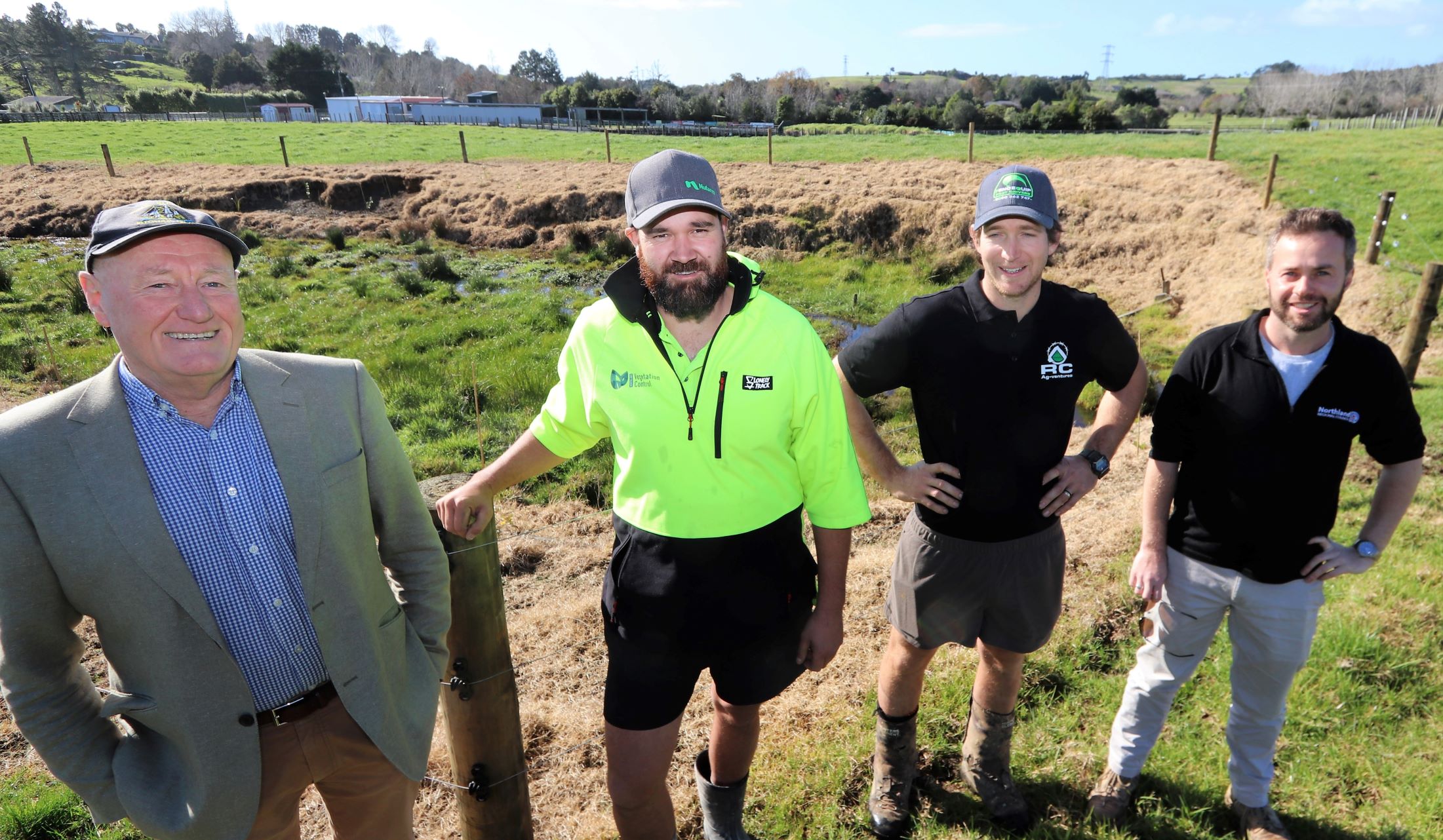Whangārei Urban Awa programme exceeds expectations
21 Jul 2021, 9:23 AM
A joint three-year programme which aims to improve water quality in four of Whangārei’s key urban river catchments is already exceeding expectations in its first year.
The ‘Whangārei Urban Awa’ project is a collaboration between the Northland Regional Council (NRC) and the Ministry for the Environment (MfE) targeting water quality in the Kirikiri, Lower Hatea, Raumanga and Waiarohia catchments. (Ministry for the Environment is supporting the project with more than $500,000 in funding from the Jobs for Nature programme.)
The project aims to improve water quality through a combination of stock exclusion fencing, riparian planting and land management advice to eligible landowners and its backers are thrilled with progress to date.
Councillor Jack Craw, who represents the council’s Whangārei Urban constituency, says the project began in earnest late last year and has already seen 7.4km of fencing across 10 properties, well in excess of the 4km first year target.
“Similarly, there has already been 1300 square metres of riparian planting completed, again well in excess of Year One’s 500m2 target.”
Councillor Craw says the project has enjoyed good engagement from the community to date and is now seeking interest from new landowners who are keen to take part.
To that end the council would be writing to about 200 landowners in all four catchments (Kirikiri, Lower Hatea, Raumanga and Waiarohia) over the next month.
The council says fencing stock out of waterways and planting riparian margins helps improve water quality by reducing potentially harmful nutrients and bacteria, while also cutting sediment from erosion caused by stock damage to steam banks.
Councillor Craw says eligible landowners qualify for an 80 percent subsidy for the work required, provided they pay the remaining 20% upfront. (The funding comes from the Government’s ‘Jobs for Nature’ funding package, so all the fencing and planting must be done by contractors.)
“We’re currently scoping the next tranche of potentially suitable properties in all four catchments and expect to start writing to eligible landowners shortly.”
Andy McCall, who’s leading the Urban Awa project, says property eligibility is determined according to existing land management practices, size and the length of riparian margin on the property.
He says one reason for the better-than-expected uptake of the programme to date may be the fact new central government stock exclusion rules were drawing closer.
Under the new rules, pigs must be fenced out of all permanent or intermittently flowing waterways wider than one metre on low slope land from 01 July 2023. Similar fencing rules for cattle and deer will take effect from 01 July 2025. The fencing must create at least a 3m buffer strip between the top of the bank edge to the fence.

From left, regional councillor Jack Craw, Chance Campbell (Northland Vegetation Control) fencing contractor Clement Lafon (RC Ag-Venture Ltd) and project lead Andy McCall with a Maunu property fenced and planted as part of the Whangārei Urban Awa programme.
